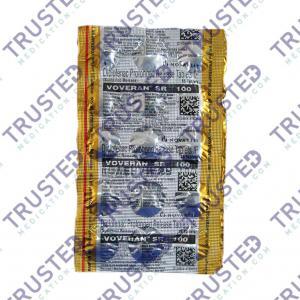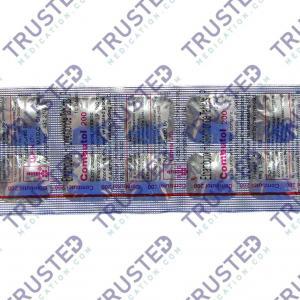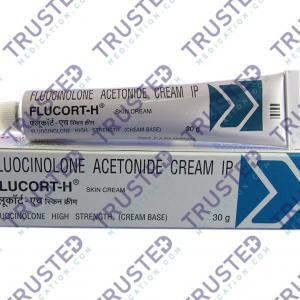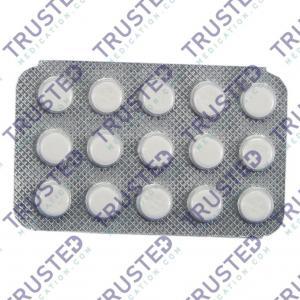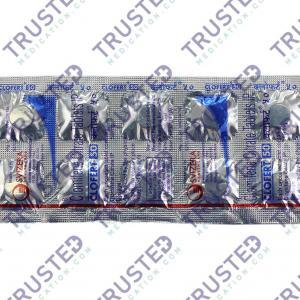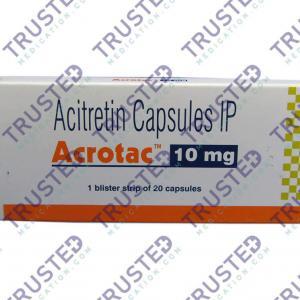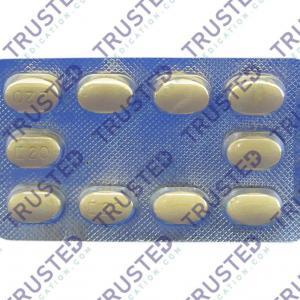
Osteogenesis imperfecta (OI) means “imperfectly formed bone.” People with osteogenesis imperfecta have a genetic defect that impairs the body’s ability to make strong bones. Many people, however, have a milder form of OI and go through life with few fractures.
What is Osteogenesis Imperfecta?
OI is a genetic disorder that prevents the body from building strong bones. That’s why it’s also called brittle bone disease. There are different types of OI, and the problems it causes vary. Some people have mild symptoms, like bones that break a little easier than normal. Others can have serious problems. Treatments can help people with osteogenesis imperfecta reach their full potential.
The most common types of OI and their usual symptoms are:
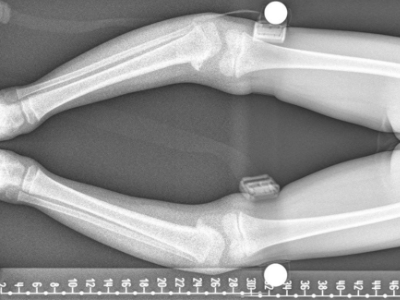
- Type I: This is the mildest and most common type of brittle bone disease. The collagen is normal, but there isn’t enough of it. People with type I have bones that break more easily, but their bones are usually shaped. The first bone break usually happens when the child starts walking. Fractures usually happen less often after puberty. The whites of the eyes can have a blueish tint.
- Type II: This is the most severe type. The collagen is not formed normally. Babies with type II are usually born with many fractures, are very small, and have severe breathing problems. As a result, most do not survive.
- Type III: In this type, collagen doesn’t form normally, and babies often have broken bones at birth. As kids get older, their bones can break easily, and they’re usually shorter than other kids their age. They may have abnormally shaped bones, breathing problems, hearing loss as adults, brittle teeth, and other problems. The whites of their eyes can have a blueish tint.
- Type IV: Collagen also doesn’t form normally in type IV. Kids usually have frequent bone breaks and abnormally shaped bones. They’re shorter than other kids their age and may have hearing loss as an adult.
What Are The Causes Of Osteogenesis Imperfecta?
OI is passed on through the genes. The different types are passed on in different ways. The gene may be inherited from one or both parents and the gene can be passed on from an unexplained change of a gene.
Most babies with OI have a defect of one of two genes. These genes help in forming collagen. Collagen is the main part of connective tissue that connects and supports the whole body, including the bones. Because of the defect, there is not enough collagen or the collagen is abnormal.
The symptoms of OI vary greatly within and between types. Symptoms may include:
- Bone deformities, such as bowing of the legs
- Discoloration of the white of the eye
- Easily broken bones
- A barrel-shaped chest
- A triangle-shaped face
- Loose joints
- A curved spine
- Hearing loss in early adulthood
- Soft, discolored teeth
- Muscle weakness
- Skin that easily bruises
The symptoms of osteogenesis imperfecta may look like other medical conditions. Always see your child’s healthcare provider for a diagnosis.
What is the Treatment Plan for Osteogenesis Imperfecta?
Specific treatment for osteogenesis imperfecta will be determined by your physician based on:
- Your age, overall health, and medical history
- The extent of the disease
- Your tolerance for specific medications, procedures, or therapies
- Expectations for the course of the disease
- Your opinion or preference
To date, there is no known treatment, medicine, or surgery that will cure OI. The goal of treatment is to prevent deformities and fractures and allow the child to function as independently as possible.

Treatments for preventing or correcting symptoms may include:
- Care of fractures
- Dental procedures
- Physical therapy
- Surgery
- Assistive devices, such as wheelchairs, braces, and other custom-made equipment
- Rodding – a procedure to insert a metal bar the length of a long bone to stabilize it and prevent deformity.
Medication that can be used for OI:
- Alendronate Sodium – this medicine is mainly used for the health of the bones. This medicine works by changing the process of bone fracture in the body. It mainly helps the reduction of bone loss. It gives more bone mass production in the body. Through this, it will help in preventing bone fracture and breakdown.

